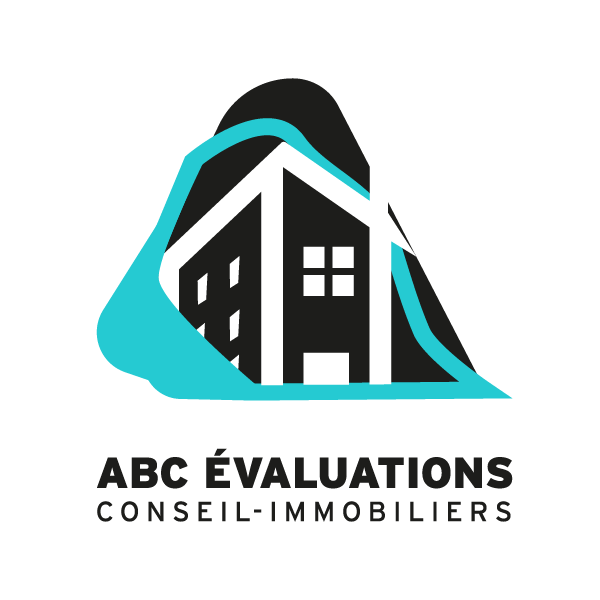Accounting equation Wikipedia
Content
Speculate as to why another group might wish to set its own standards. Things such as utility bills, land payments, employee salaries, and insurance – those are all examples of liabilities. Company ZZK plans to buy office equipment that is $500 but only has $250 cash to use for the purchase.
What are states assets?
State asset means any infrastructure, property, real property, intellectual property, facility, revenue, payment or service owned or provided by a State agency, public authority or public benefit corporation. Sample 1.
Let’s return to the case of Shanti, the website designer who starts her by purchasing a new laptop computer. The computer is an asset that Shanti has acquired for her business. Accumulated Other Comprehensive Income , AOCIL, is a component of shareholders’ equity besides contributed capital and retained earnings. Because the Alphabet, Inc. calculation shows that the basic accounting equation is in balance, it’s correct. A screenshot of Alphabet Inc Consolidated Balance Sheets from its 10-K annual report filing with the SEC for the year ended December 31, 2021, follows.
Accounting Equation Formula
Journal entries often use the language of http://buster-net.ru/irc/logs/eggdrop/2010/8/22s and credits . A debit refers to an increase in an asset or a decrease in a liability or shareholders’ equity. A credit in contrast refers to a decrease in an asset or an increase in a liability or shareholders’ equity. This equation sets the foundation of double-entry accounting, also known as double-entry bookkeeping, and highlights the structure of the balance sheet.
What is fundamental value of an asset?
But what does fundamental value mean? Well, for assets, equity markets and bond markets, fundamental value is the present value of future cash flows. Simply stated, we identify the future cash flows that will accrue to an equity market, a bond market, a sector, an equity sector or a bond category.
The three elements of the accounting equation are assets, liabilities, and equity. These three elements are all essential for understanding a company’s financial position. Sole proprietors hold all of the ownership in the company.
Licenses and Attributions
It does not account for any changes that may have occurred during a given time. The following action is to document all financial dealings in the company’s books, including sales, purchases, and payments. Since these transactions will affect the equation’s overall balance, they must be accurately recorded. The underlying rationale behind the fundamental accounting equation is that of equilibrium. This means that every plus should have a corresponding minus, and every debit should have a corresponding credit. The asset equals the sum of all assets, i.e., cash, accounts receivable, prepaid expense, and inventory, i.e., $234,762 for 2014.
A company’s liabilities are its debts, such as loans, mortgages, accounts payable, and taxes owed. Liabilities represent the amount owed to others by a company and must be paid in the future. We know that every business holds some properties known as assets.
What is the expanded accounting equation?
John’s restaurant has now become a favorite with his customers. Therefore, to be able to serve them better, John decides to commence free home delivery. For this purpose, he decides to purchase a van with the bank balance he has on hand. Let us now discuss some sample transactions forming a part of the day-to-day business activities. Pay close attention to how movement within the quadrants takes place. Comprising of Fixed assets forming required to carry on a business. We want to increase the asset Cash and decrease the asset Accounts Receivable.
The accounting equation is the fundamental equation that keeps together a balance sheet. Indeed, it states that assets always equal liability plus equity. Current assets include cash and cash equivalents, accounts receivable, inventory, and prepaid assets.
What are the 3 elements of the accounting equation?
Working http://abzac.org/?p=53053 indicates whether a company will have the amount of money needed to pay its bills and other obligations when due. Not all companies will pay dividends, repurchase shares, or have accumulated other comprehensive income or loss. They are Traditional Approach and Accounting Equation Approach.
- With the information that is given in the example, we see that Ed has a store that is valued at $40,000 and equipment that is valued at $10,000.
- The owner’s equity represents the amount that is invested by the owner in the company plus the net profit retained in the company.
- The new corporation purchased new asset for $500 but will pay for them later.
- However, due to the fact that accounting is kept on a historical basis, the equity is typically not the net worth of the organization.
- The articles and research support materials available on this site are educational and are not intended to be investment or tax advice.
We follow ethical journalism practices, which includes presenting unbiased information and citing reliable, attributed resources. Much of our research comes from leading organizations in the climate space, such as Project Drawdown and the International Energy Agency .
Business Guides
For every transaction, at least two classes of accounts are impacted. Assets can be broken down into Non-Current & Current assets. Double entry is an accounting term stating that every financial transaction has equal and opposite effects in at least two different accounts.
